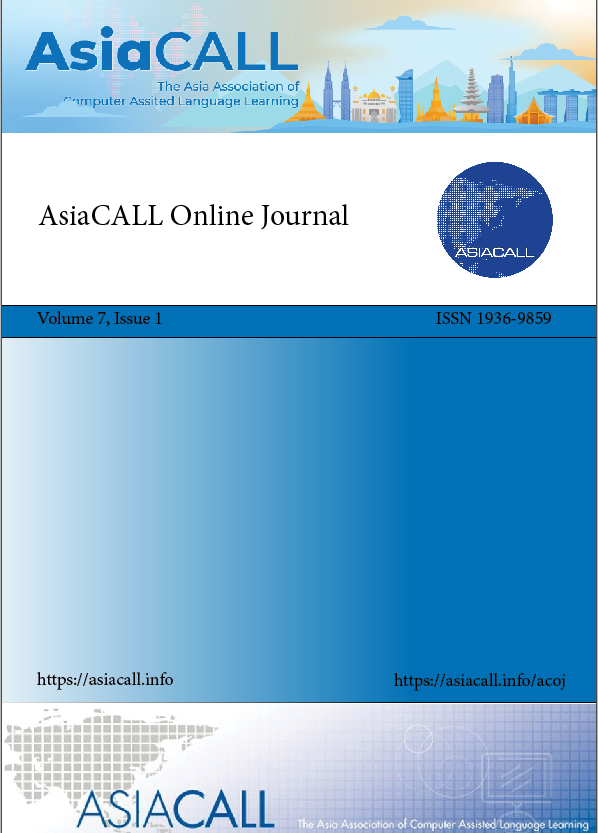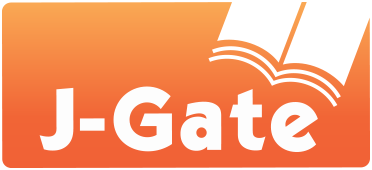Personal Learning Networks (PLNs) as an approach to understanding the rhizomatic learning connections of 21st century students
Keywords:
personal learning environment, personal learning networks, rhizomatic education, learning connections, rhizomeAbstract
Personal learning networks (PLNs) define how learners seek knowledge, pull the knowledge and allow this knowledge be used in a suitable context. PLNs further exhibit that formal and informal interactions and usage of various technologies attribute to the many instances of learning. The learner given a great degree of freedom can mold and control her learning.
The PLN is modeled on the concept of a rhizome, an underground plant stem capable of producing the shoot and new root systems of a plant. This capability of producing new shoots, roots and stems is now simulated in the idea of a rhizomatic learning model taking place in personal learning spaces. Cormier posited that persons finding new knowledge realize the many changes and progress through “participatory, negotiated experiences in rhizomatic engagement.” (Cormier, 2008)
This study aimed to uncover the many web and social sources of information and knowledge of the students through the use of personal learning networks (PLNs). The study covers fifty sophomore university students who have defined their current PLNs through PLN diagrams. The study disintegrated these PLNs to categorize the shoots, roots and stems of the students’ learning, classify them to school-related or personal interests and identify how these complement each other. This study also analyzed the students’ learning priorities through the variety of ways that students drew their diagrams.
It is the desire of this study to contribute to new ways of doing research, analyzing student-defined learning networks and charts, and to open the doors to fresh forms of learning studies. The study came to the conclusion that rhizomatic knowledge-creation in this era of web and information, is the new direction for lifelong learning and requires more in-depth scrutiny and openness.
References
Attwell, G. (2007). Personal Learning Environments: The future of e-Learning. eLearning Papers , 4-8.
Bussey, M., Bjurstrom, A., & and Sannum, M. (2010). Explorations in intercultural work integrated learning:Educational process for a topsy-turvy world. Futures , 39-47.
Cormier, D. (2008). Rhizomatic education: Community as Curriculum. Innovateonline [Online]. Available: http://innovateonline.com
Downes, S. (2005, October). E-Learning 2.0. eLearn Magazine , 2005 (10), pp. 1-5.
Fiedler, S. and Väljataga, T. (2011). Personal learning environments: Concept or technology. International Journal of Virtual and Personal Learning Environments, 2(4) 1-11, p. 8
Lieberman, M. (2008). What zombies can’t do: A social cognitive neuroscience approach to the rreducibility of reflective consciousness. Chap. 13 pp. 293-316 [Online]. Available: http://commonsenseatheism. com/wp-content/uploads/2011/04/Lieberman-What-zombies-cant-do.pdf
Miller, R. (2009). Developing 21st century skills through the use of student personal learning networks. Doctoral thesis/dissertation, 191 pages. Grin Publishing.
Pineda, M. V. (2011, May 18). Understanding Contexts of Collaboration [Powerpoint slides]. Retrieved July 29, 2011, from slideshare/mobilemartha: http://www.slideshare.net/mobilemartha/ understanding-contexts-of-inter-cultural-collaboration-ver2c
Pineda, M. V. (2009). Urban Class Computing in Higher Education: Promising or Perilous. Readings in Technology and Education Proceedings of ICICTE 2009 (pp. 336-346). University of the Fraser Valley Press.
Rhizome. (2011). In Encyclopædia Britannica. Retrieved May 9, 2011, from "http://www.britannica.com/EBchecked/topic/501483/rhizome"
Sitchensis. (2010, September 15) [Online]. Communit-eLearning: Please PLEs me. Available: Communit-eLearning: http://sitchensis.wordpress. com/2010/09/15/please-ples-me/
Steinbock, D. (2008). What is TagCrowd? TagCrowd. Retrieved July 22, 2011, from TagCrowd: http://www.tagcrowd.com/blog/about/
Surowiecki, J. (2005). The Wisdom of Crowds. New York: Anchor Books.
Väljataga, T. (2010, July 27). An insight to the PLE 2010 conference in Barcelona. Terje's musings on educational research. http://terjevaljataga.eu/2010/07/27/insight-to-the-ple-2010-conference-in-barcelona/ [viewed 21 September 2011].
Downloads
Published
How to Cite
Issue
Section
License
Copyright (c) 2013 Maria Victoria Pineda

This work is licensed under a Creative Commons Attribution 4.0 International License.
Copyright
The copyright of all articles published in the AsiaCALL Online Journal (acoj) remains with the Authors, i.e. Authors retain full ownership of their article. Permitted third-party reuse of the open access articles is defined by the applicable Creative Commons (CC) end-user license which is accepted by the Authors upon submission of their paper. All articles in the acoj are published under the CC BY-NC 4.0 license, meaning that end users can freely share an article (i.e. copy and redistribute the material in any medium or format) and adapt it (i.e. remix, transform and build upon the material) on the condition that proper attribution is given (i.e. appropriate credit, a link to the applicable license and an indication if any changes were made; all in such a way that does not suggest that the licensor endorses the user or the use) and the material is only used for non-commercial purposes.
Authors retain copyright and grant the journal the right of first publication with the work simultaneously licensed under a Creative Commons Attribution 4.0 International License that allows others to share the work with an acknowledgment of the work's authorship and initial publication in this journal.
Authors are able to enter into separate, additional contractual arrangements for the non-exclusive distribution of the journal's published version of the work (e.g., post it to an institutional repository, in a journal or publish it in a book), with an acknowledgment of its initial publication in this journal.
Authors are permitted and encouraged to post their work online (e.g., in institutional repositories or on their website) prior to and during the submission process.








